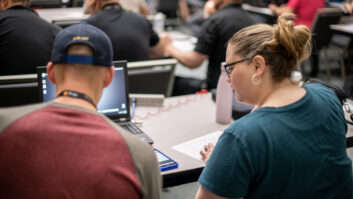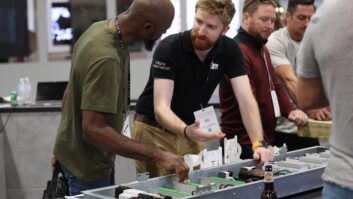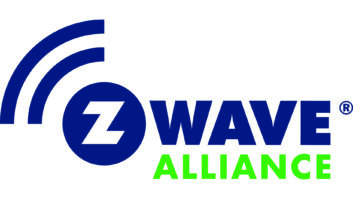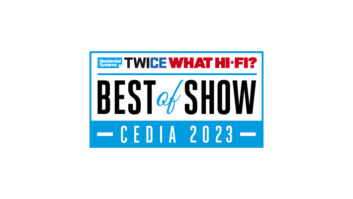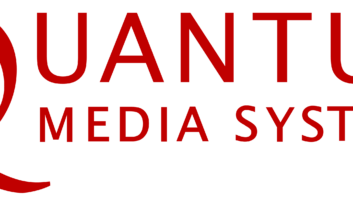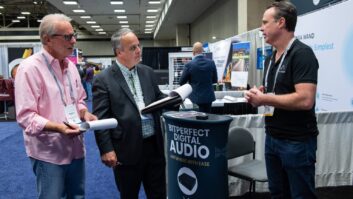Integra is taking video-display calibration technology out of the high-definition display here at CEDIA Expo and putting it into two A/V receivers and a preamp processor.
The $1,900-suggested DTR-8.9 and $2,600 DTR-9.9 AVRs are the industry’s first AVRs with embedded Imaging Science Foundation Certified Calibration Controls (ISFccc) protocols. The products will also be the first, or among the first, AVRs with built-in video-calibration technology, depending on other introductions at the CEDIA Expo.
Integra’s $2,000 DHC-9.9 preamp-processor, which also incorporates ISF calibration, is among a handful of pre-pros with video-calibration technology, but Integra’s model is the first with ISF-certified calibration.
All three Integra models ship in this month and will be displayed, here.
The introductions makes it possible, Integra said, to individually optimize video signals for each video source connected to an AVR or preamp-processor without resorting to complex cable routing and customized remote-control macros. Such “workarounds” make system operation more complex for consumers, Integra contended.
Using the Integra components, installers can use a video-switching AVR or preamp-processor to select video sources, optimize video settings for each video source, and direct the video signal over a single HDMI output to a TV or projector. In contrast, in home theaters that combine other AVRs and video-calibrating TVs, installers can’t individually calibrate video settings for each video source unless they run a video cable or cables from each source to the TV, then separately run audio cables from each video source to the AVR or pre-pro, Integra explained. Without the additional cables, the TV would apply the same calibration setting to all of the multiple sources being switched in the A/V receiver or pre-pro.
In the new Integra components, access to the adjustments will be restricted to ISF-trained calibration technicians who perform calibration services to consumers for a fee. Most of Integra’s installer accounts have ISF-certified technicians on staff, said sales director Keith Haas.
Multiple display makers incorporate ISF calibration tools in at least some of their models, Integra said. Those companies include Pioneer Elite, LG, Runco, Vidikron, and Epson.
With the three new products, Integra is expanding its selection of components equipped with HD Radio to four from three. All three new models feature HD Radio, joining a carryover $550 TUN-3.7 component tuner with optional HD Radio/satellite-radio tuning card. Two other HD Radio-equipped components, the $2,400 DTR-8.8 AVR and $1,600 DTC-9.8 pre-pro, will be dropped when the three new models ship.
Other features common to the three new models include XM/Sirius-ready capability, embedded decoding of all Blu-ray surround formats, 1080p Deep Color support, THX Ultra2 Plus certification, up-scaling of all video sources to HDMI 1080p, analog FM RDS text, zone-three output and the full suite of Audyssey technologies.
The DTR-9.9 AVR adds Internet radio, Certified for Vista (formerly PlaysForSure) certification for network audio streaming, and higher output at 7×145 watts into 8 ohms. The Internet radio capability will be enhanced compared to the Internet radio capability in the PlaysForSure-certified DTR-8.8 that will be phased out, the company said. The 9.9 and 8.8 feature iRadio, which requires the end user to input up to 20 of their own Internet radio stations, but the 9.9 adds access to Sirius Internet Radio and the vTuner Internet portal, which allows easy access to thousands of stations.
The DHC-9.9 pre-pro lacks Internet radio and Vista certification and carries a feature set closer to the DTR-8.9 AVR.




